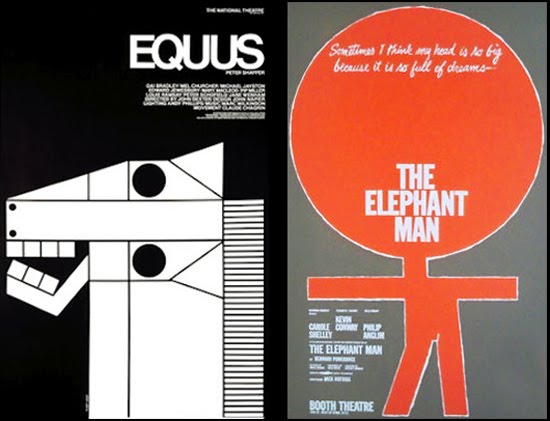In The Song of the Nightingale, Lindsay Hirata plays the role of Mei Lin, a fish-delivery-girl-turned-kitchen-maid who has her eyes set on moving up in the palace. Lindsay is also a music therapist and is completing her Master's in Integrative Health Studies at the California Institute of Integral Studies in San Francisco. As a therapist, she focuses a lot on the transformative power of the arts, something that I take seriously in my own work as a writer/composer. I asked her to share some of her thoughts on her worlds of music therapy and performance.
---
MIN: Can you describe the work you do as a Music Therapist?
LINDSAY: Music therapy is the use of music as a tool for positive change (physical, cognitive, behavioral, social/emotional, spiritual). I believe strongly in the transformative power of sound and music, and feel incredibly lucky to bring that into my work. There is something very visceral and honest about a musical experience. It has the possibility to shift so many things in our lives: our thoughts, our awareness, and our ability to listen and to be heard.
What really excites me is using music to connect people to themselves and to others. Music, at its core, is a combination of elements strung together in a synchronized way. I think it facilitates that same process in us when we listen to or engage in it.
M: Do you find your experience as a performer has helped inform your work in music therapy or vice versa?
L: Definitely! For a long time, I stopped performing. I poured myself into learning and
growing as a music therapist. I
used music but never “performed."
There seemed to be this negative connotation with it in my mind. I think what happened is I stopped
believing that I had something valuable to share. [The Song of the Nightingale] has really brought
me back to my voice and encouraged me to share that with others. It makes me a better music
therapist. As I get ready to
finish grad school and continue to build my work, it’s so important to remember
to continue sharing and connecting with others in that very honest way.
M: What themes in The Song of the Nightingale do you relate to the most? Are those values you also like to incorporate into your therapy work?
L: I read something about performing the other
day that really shifted the way I thought about it. It defined performance as: “transforming something into what
it truly can be,” and described it as a process that required subtlety, patience, and precision (Les Mckeown, Inc. Magazine). I loved that perspective. When we think about performance in this way, it becomes an act of optimism and hope in what is possible. It is less about perfection and achievement, and more about a process in transformation. That's how I feel when I am onstage with my fellow cast mates. We are co-creating something in every moment and building something bigger than ourselves.
In my work, I think it is so important to remember what is possible while still continuing on with patience in the process. Meeting people where they are at while holding them up to their highest gifts is a balance that I always want to keep in mind.
Relating it to the story of Nightingale, I think the characters are all going through a kind of transformation, and the Nightingale is a reminder to continue along this path with faith and optimism. I hope people who watch the show are inspired to continue looking for what is possible in each day.








